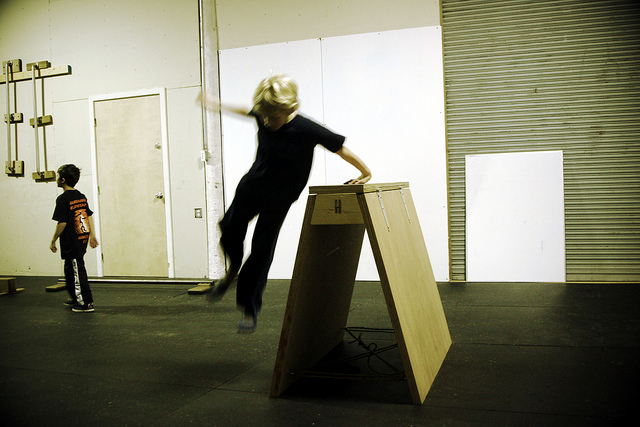If you are not collaborating consciously, you may want to listen to Doreen Pendgracs. She is a professional writer, editor and proofreader. Doreen recommends that you at least hire a professional proofreader to ensure your book is the best it can be. She is the Wizard of Words and author of a most helpful book on the subject of volunteering on…
Collaborative Writing Law 6. When in doubt, check your assumptions
Assumptions create obstacles to free-flowing collaboration. If a project is not advancing as expected, there are probably some hidden assumptions to bring to light. Assumptions can affect anything from the writing mandate to the final output, and all the activity and people in between. The root of assumptions is expectations—something every project and everyone involved comes ready charged…
Your collaboration tools may be useless
State-of-the-art collaborative tools are about as useful as a box of hammers (see photo) if no one is clear on the aim of the project. It is misguided to think that your team has a good collaborative environment just because everyone shares the same database, or that a specific social media tool is all you need to get…
Model 3 – Collaborative teams
Of the three models of writing processes in organizations, collaborative teams are the most likely to produce successful documents. All the roles and responsibilities for producing the document are represented in a structure that supports the project: content specialists, writing experts, editors, designers, administrators, even contracting authorities who look after the final output. It is more time-consuming…
Model 2 – The writing shop
Our second model of writing process shows a group of writers working together to produce documents for the organization. On the surface it may seem that nothing is wrong with the writing shop model. One problem is that the shop may be just a collective of lone writers. Other characteristics of a writing shop is that they…
Model 1 – The lone writer: A lose–lose situation
The lone writer model is more common in organizations than you might think. Whenever work is sent to a single person for execution, either to someone in the organization or to a freelance writer (often the same person each time, since that person knows the organization very well), the lone writer model is being put into action….
Which writing process does your organization follow?
There are three main types of writing models that can be used to produce documents in organizations: Model 1. The Lone Writer, where one person does most of the writing for the organization Model 2. The Writing Shop, where a bank of writing specialists produce documentation Model 3. The Collaborative Team, where various writers and subject matter…
Law 3. Identify the writing mandate and agree on a process
When there is writing to be done, most people expect some magic to happen. The mystique surrounding the creative process is powerful. There is no magic, though. Setting words on the page is a process and having a plan is key. Very early on in the development process, your team must capture the expectations for the project….
Collaborative writing in history: The Declaration of Independence
The Declaration of Independence is a great example of collaborative writing. All the elements are there: a writing mandate, plenty of source material, consultation with experts, a tight timeline, committees, key writers of great skill, various drafts, and a three-day meeting, during which the text is edited by many players. The writing team is even told to take…









